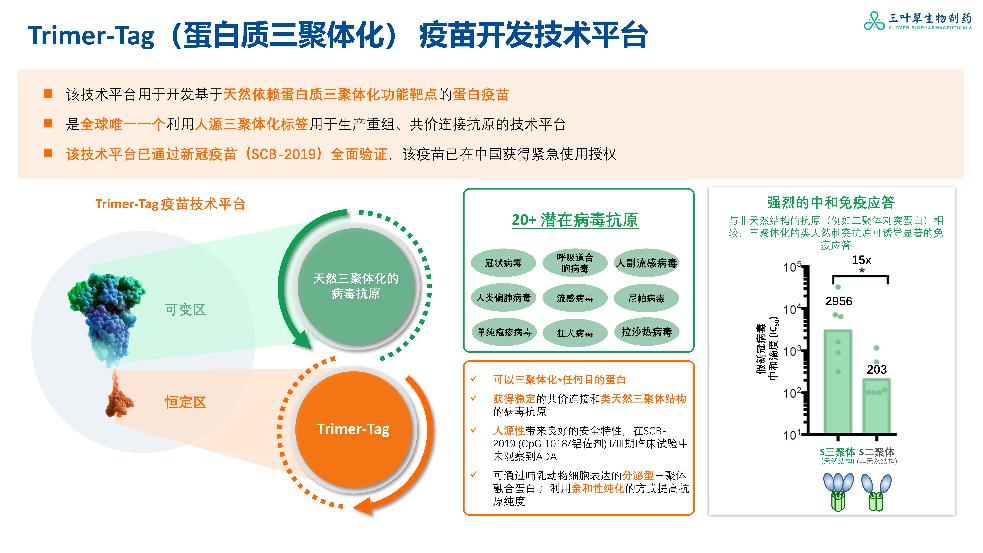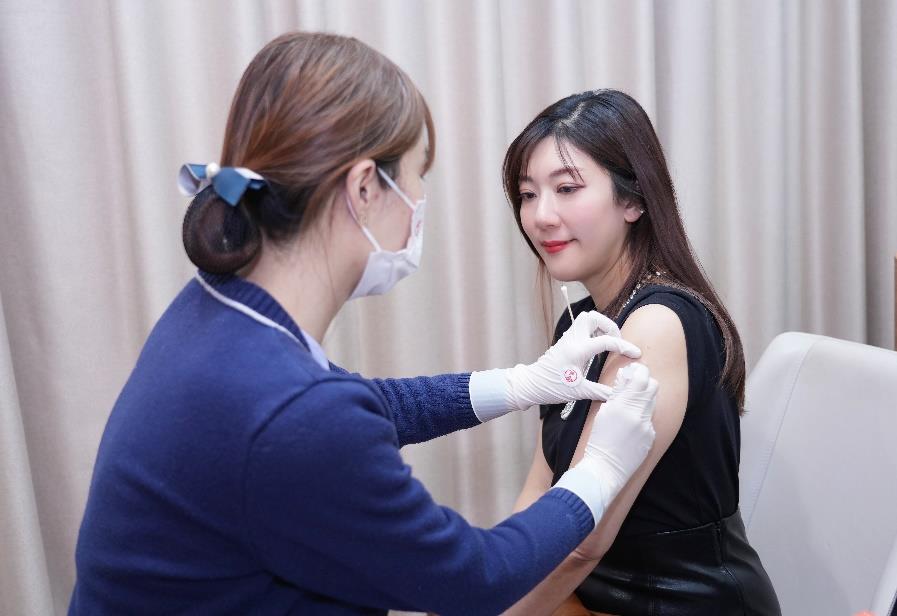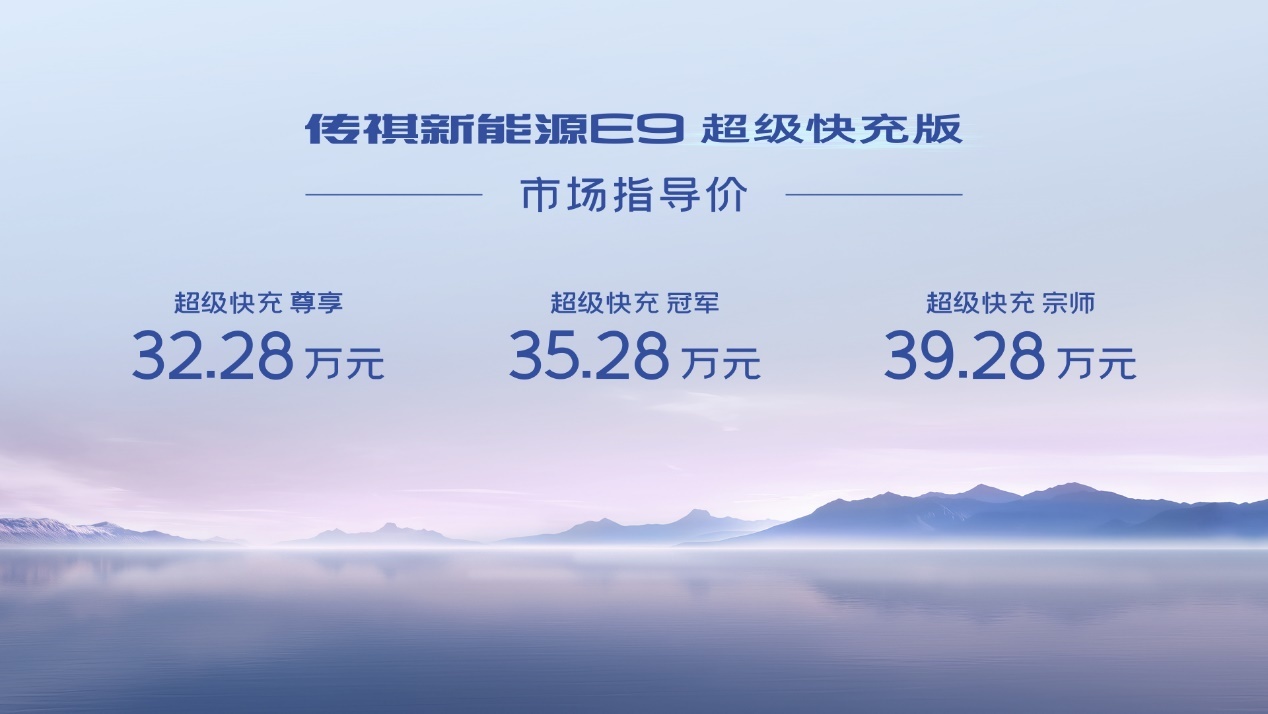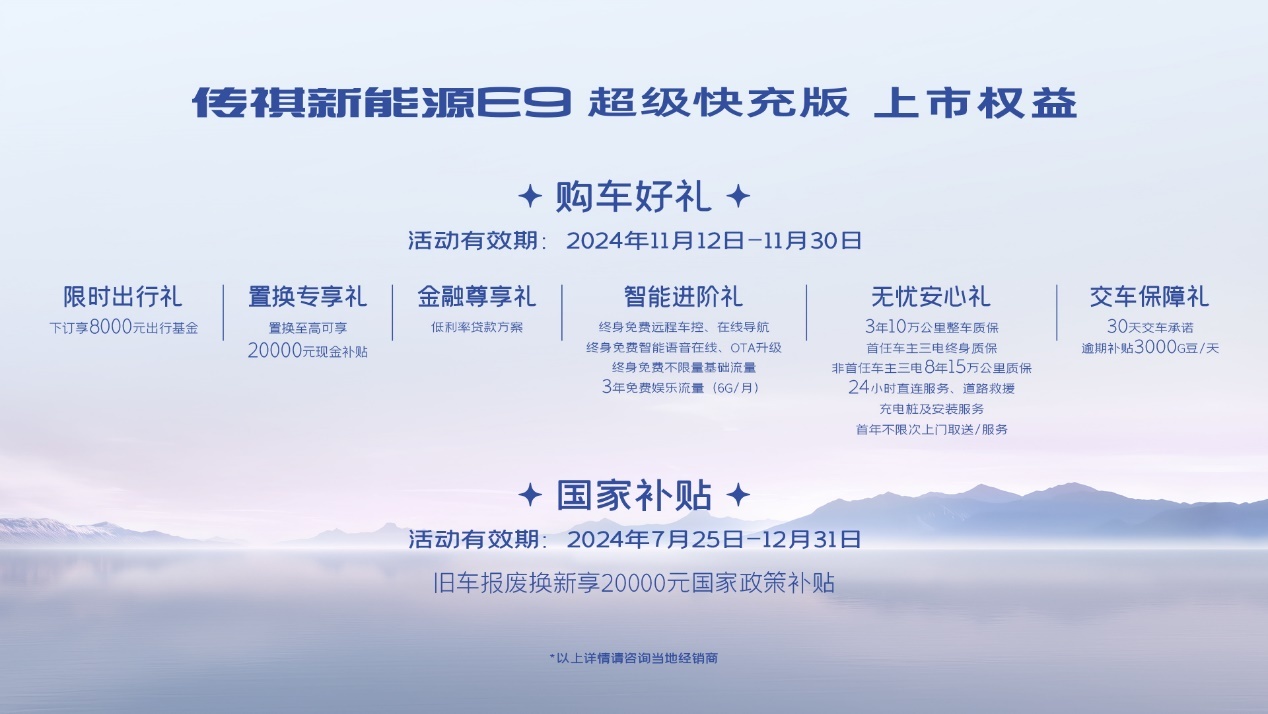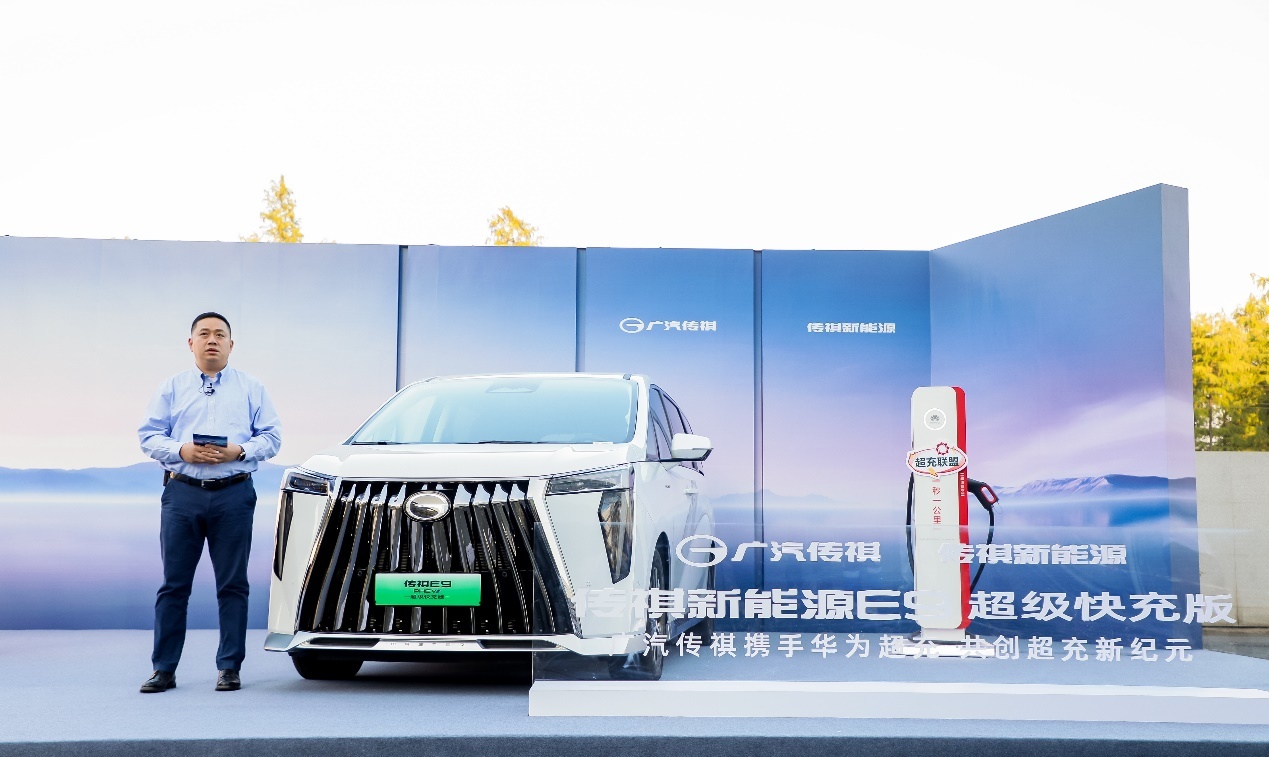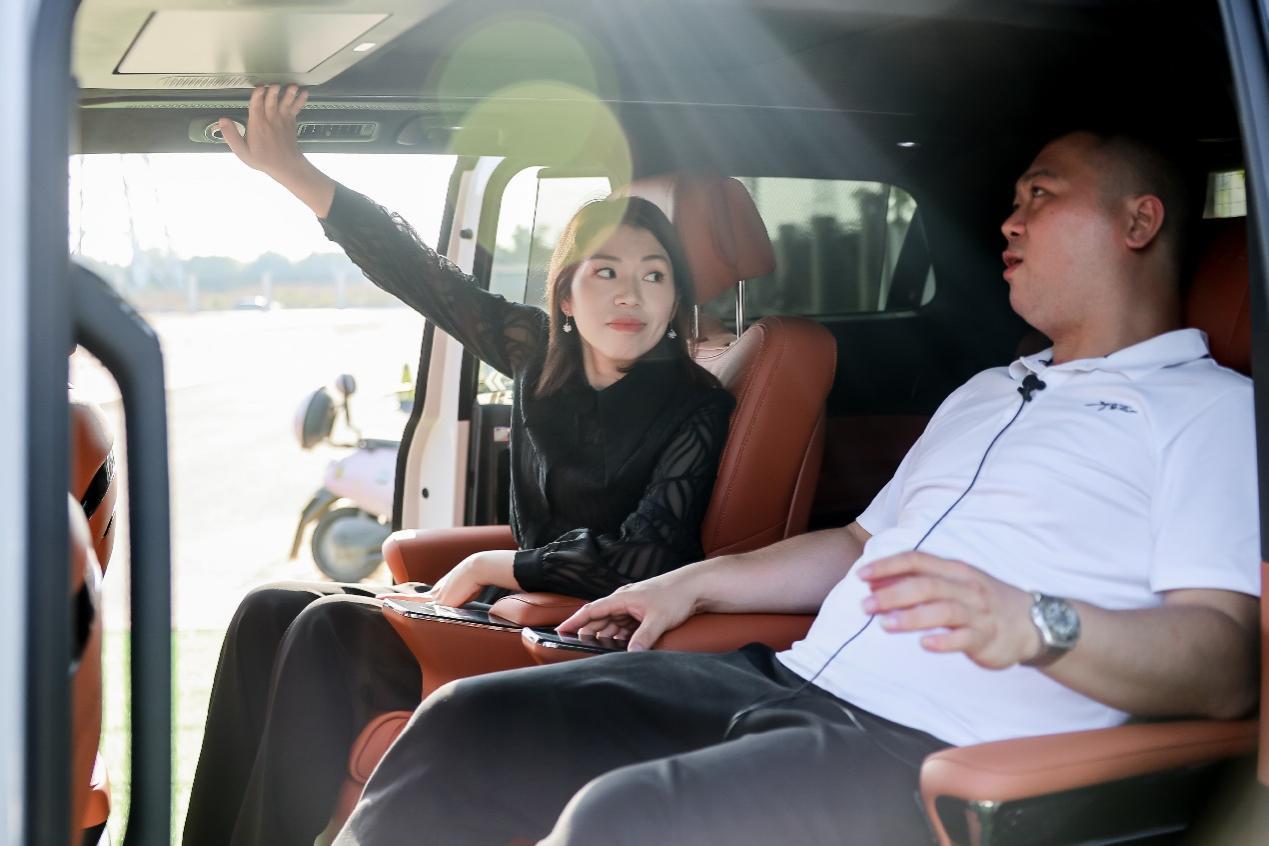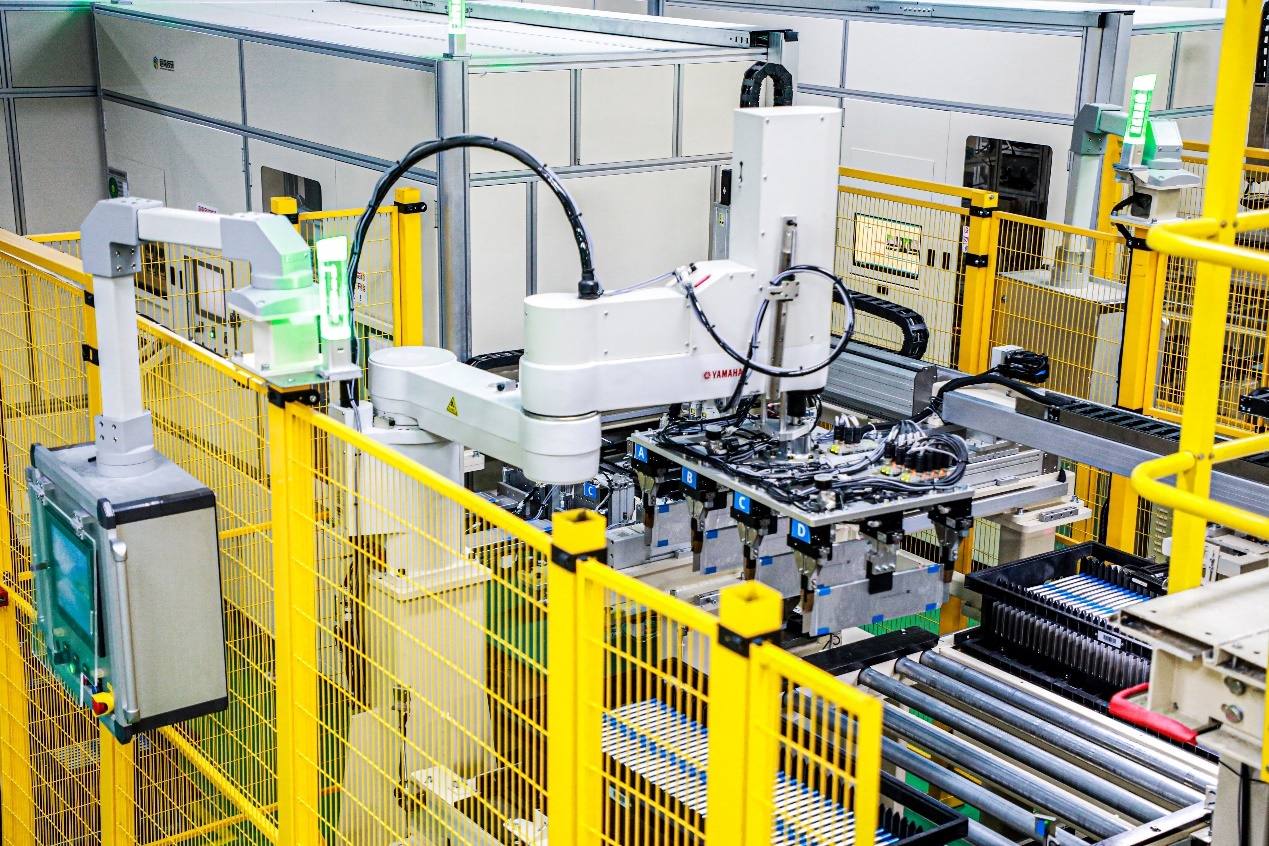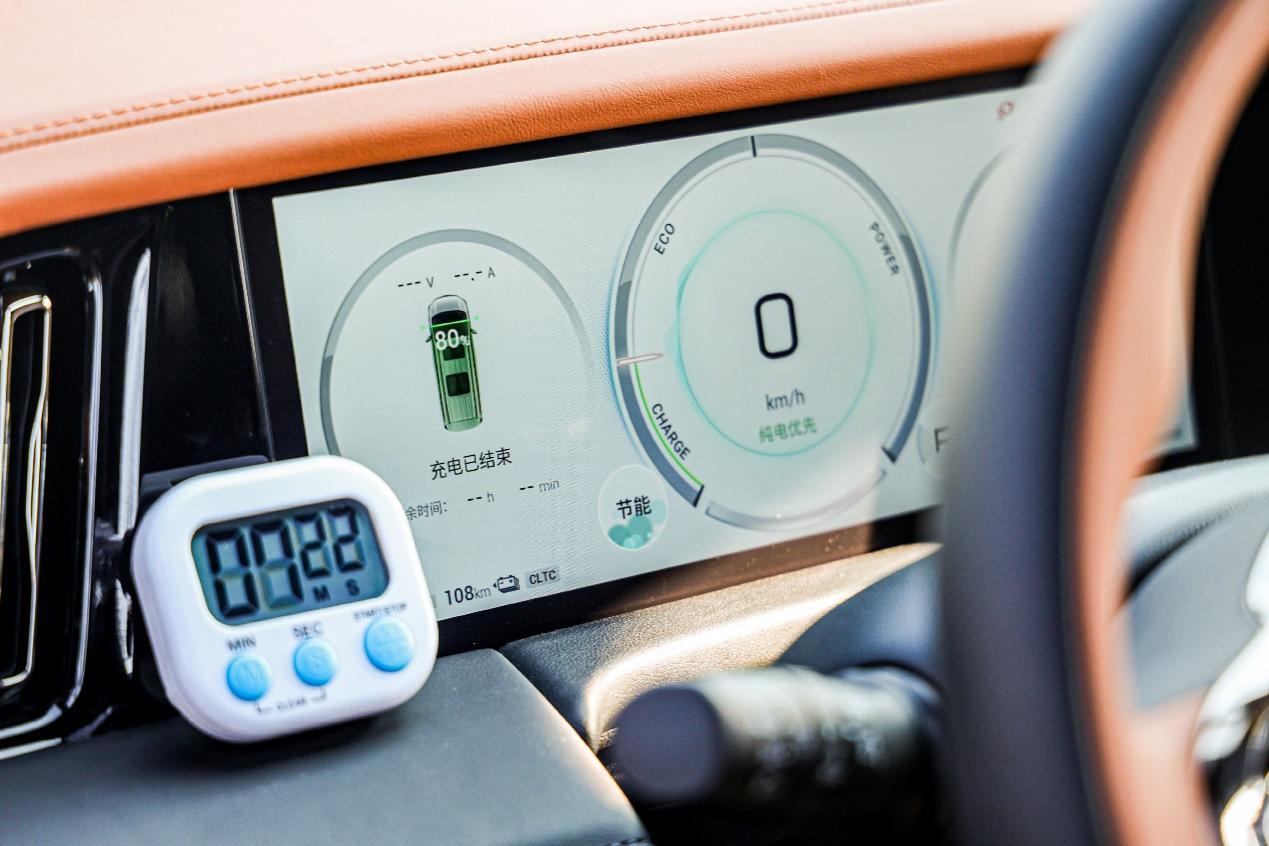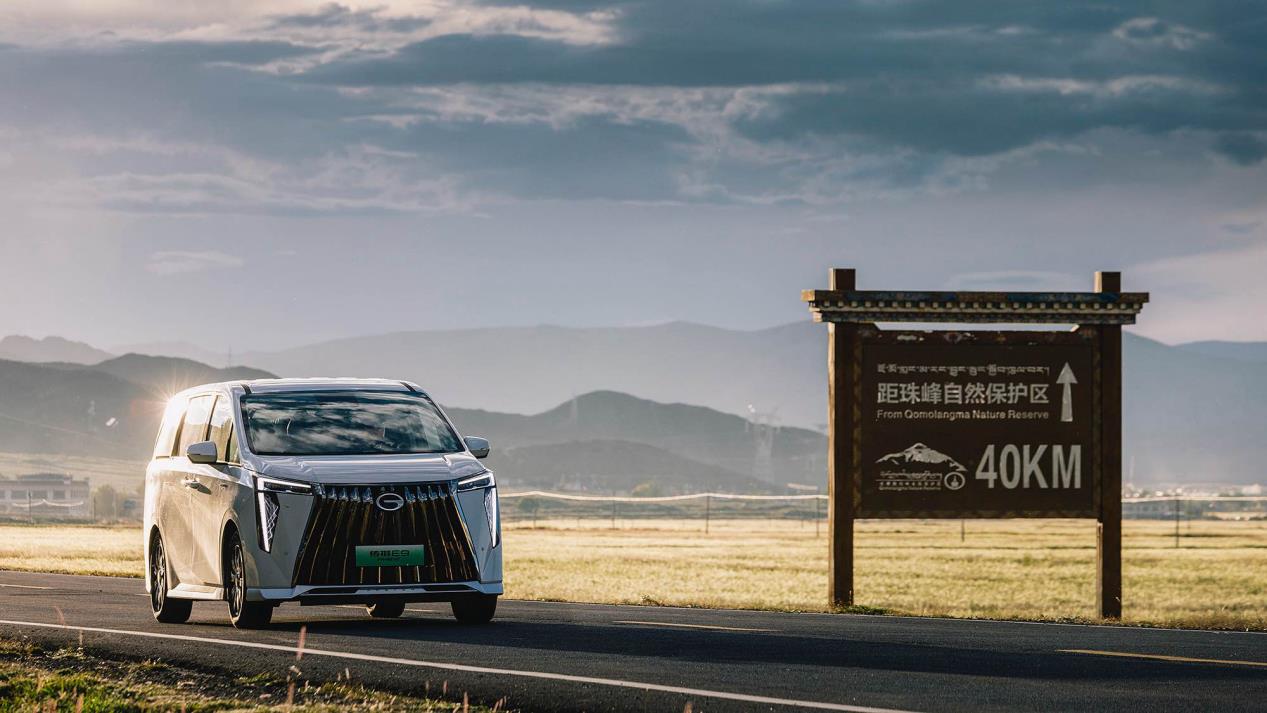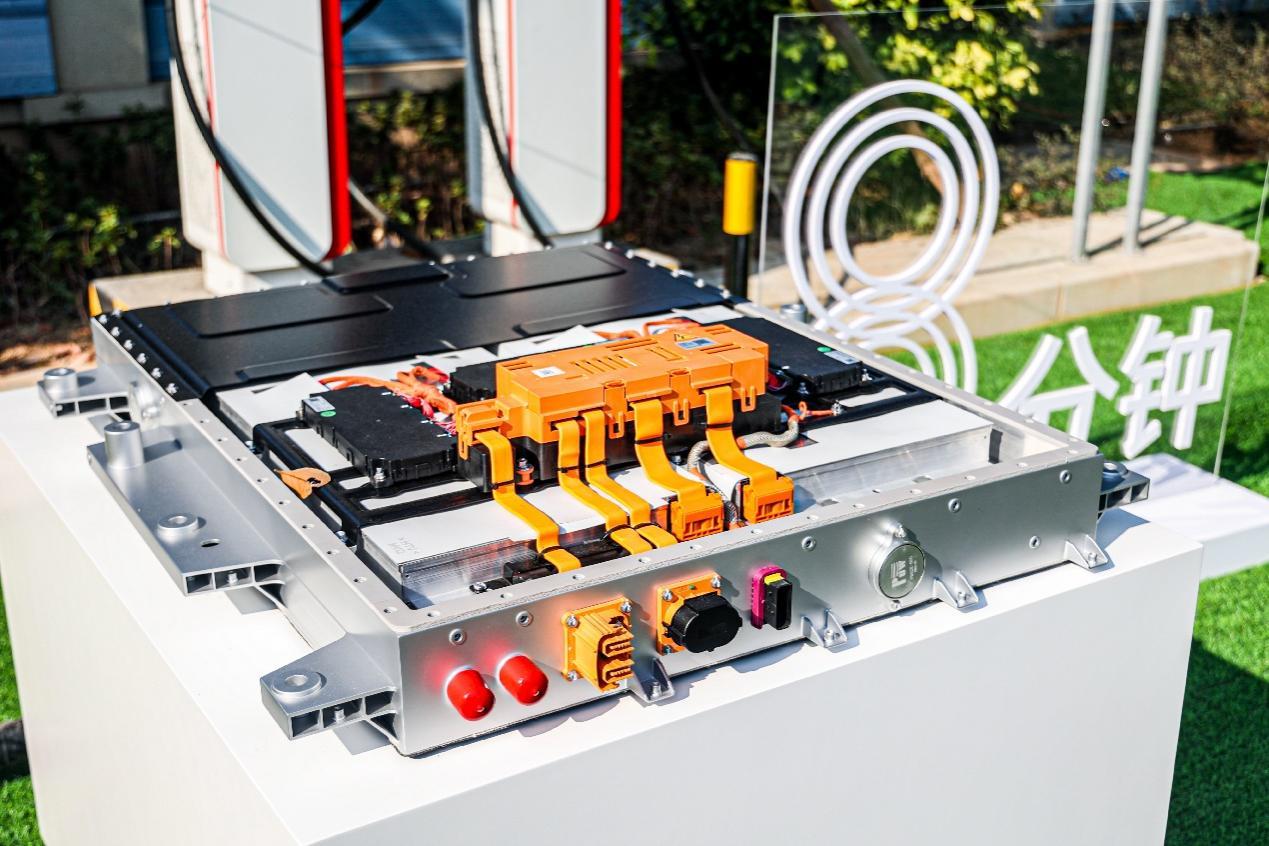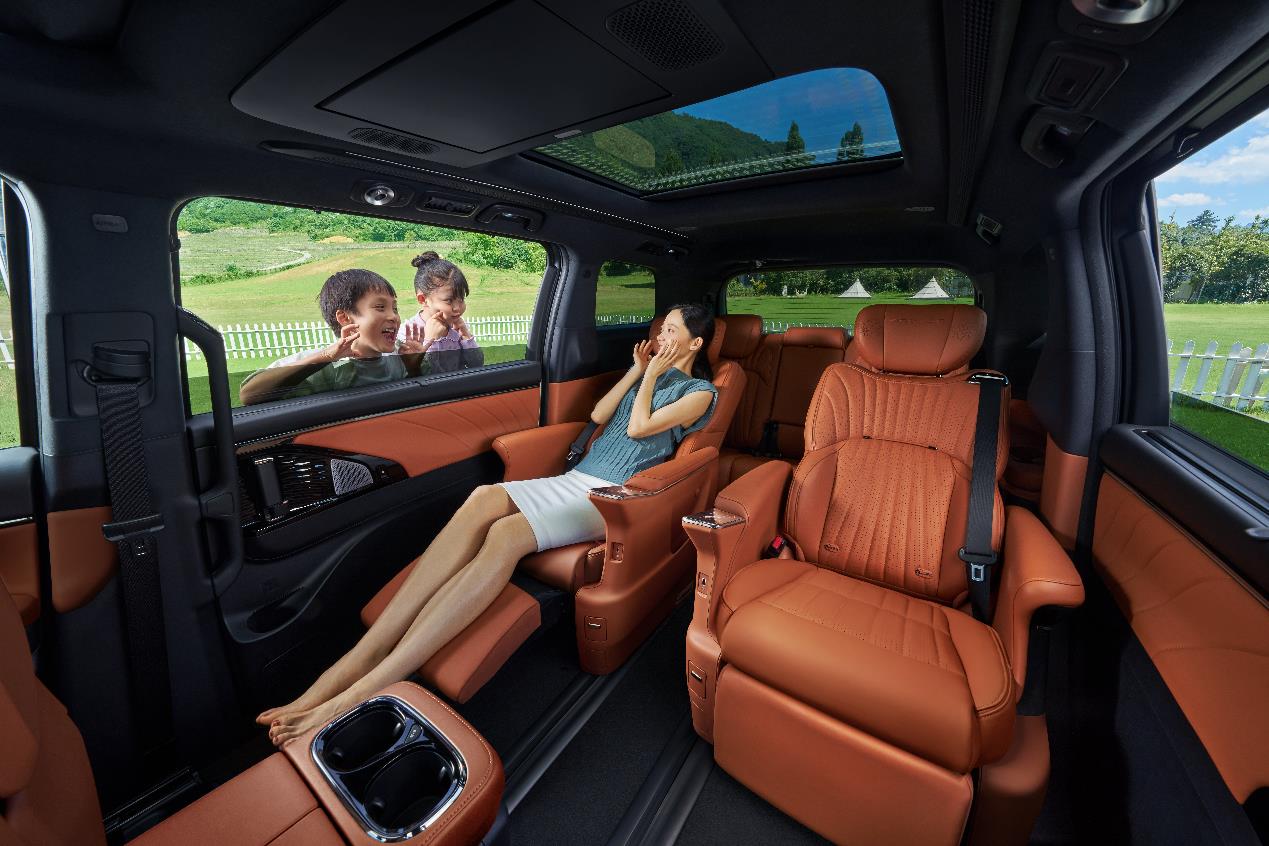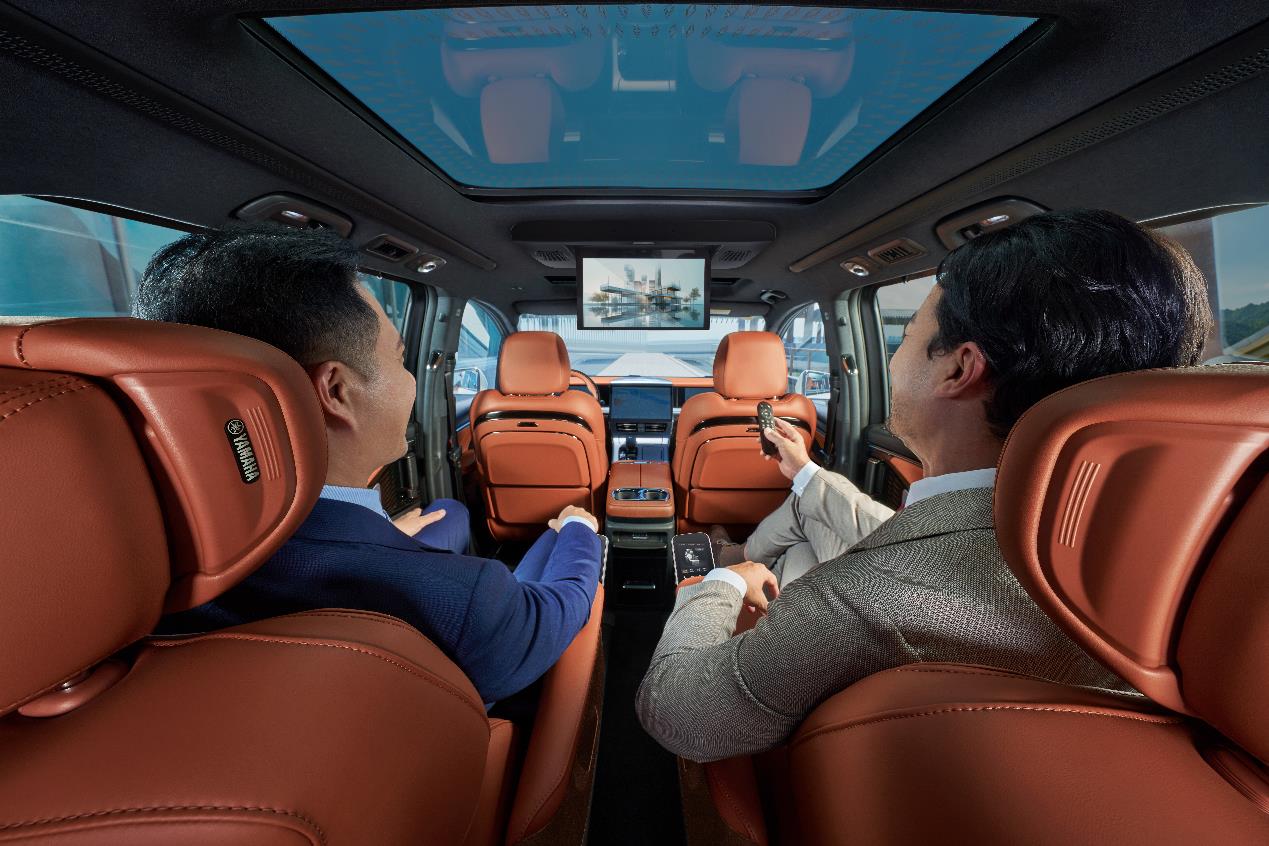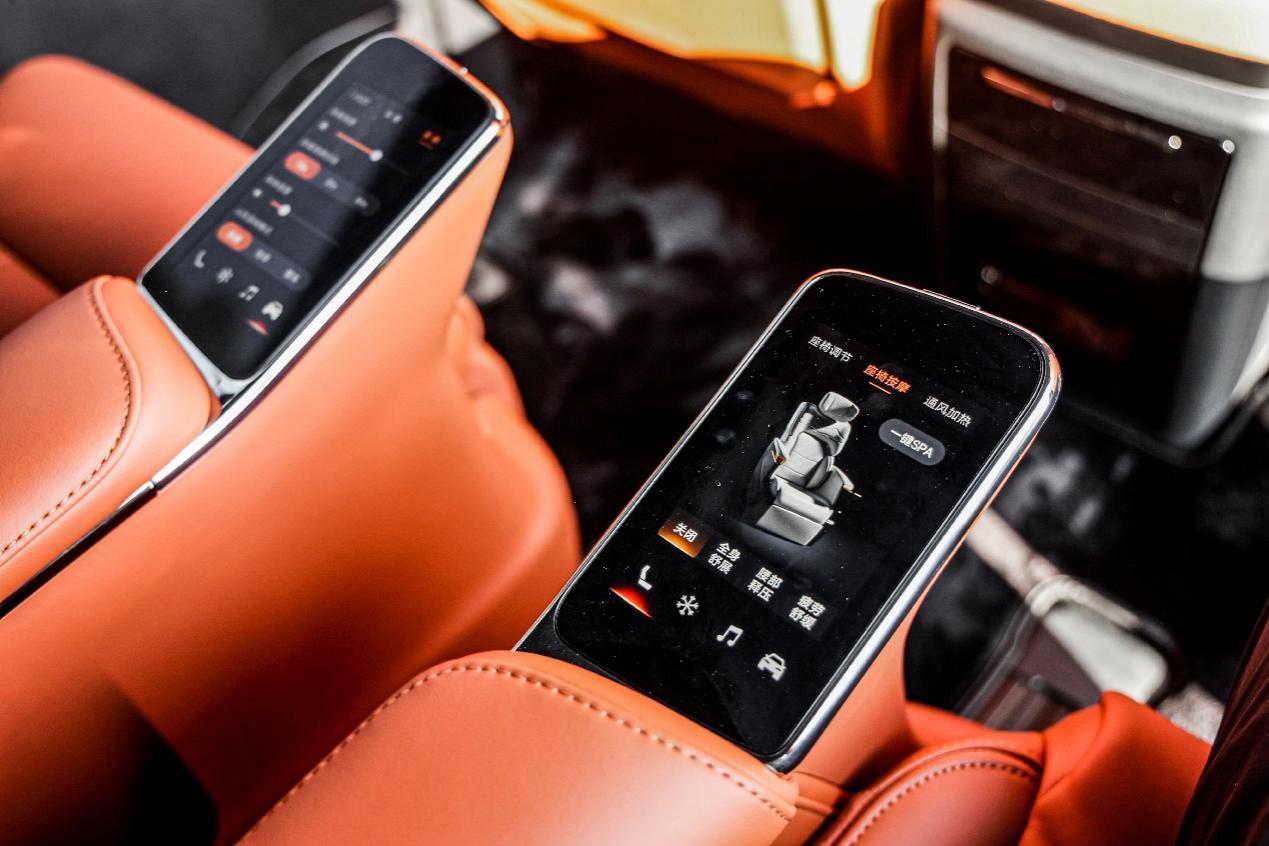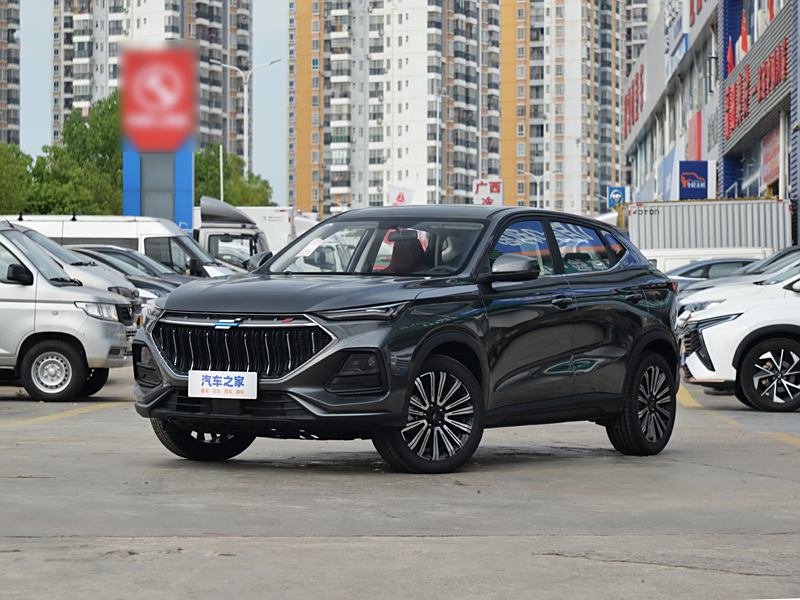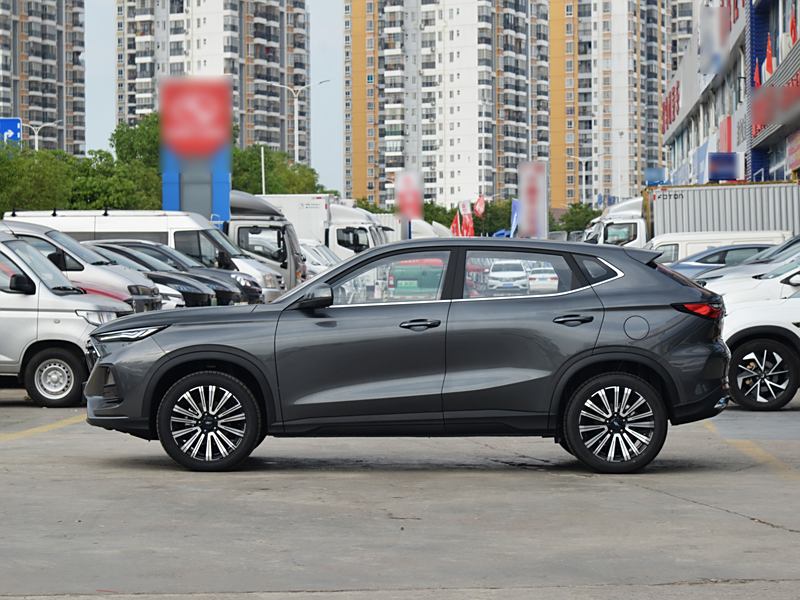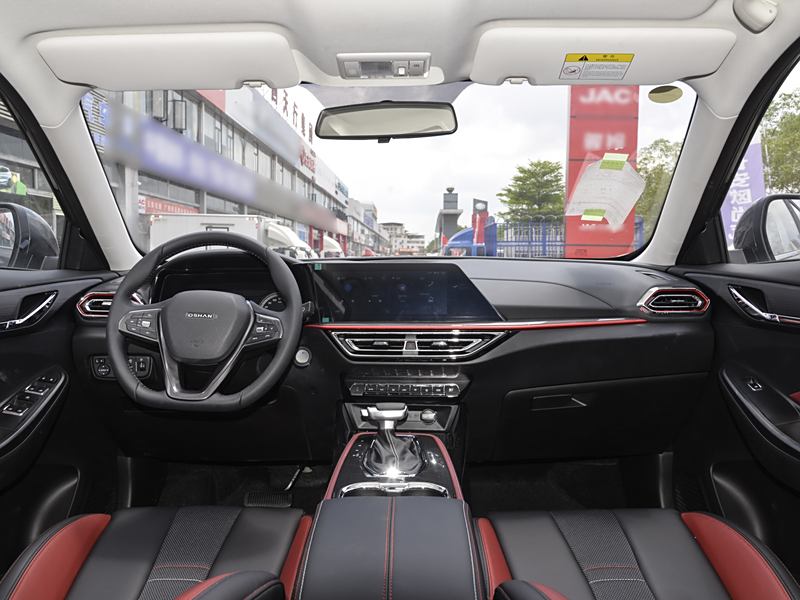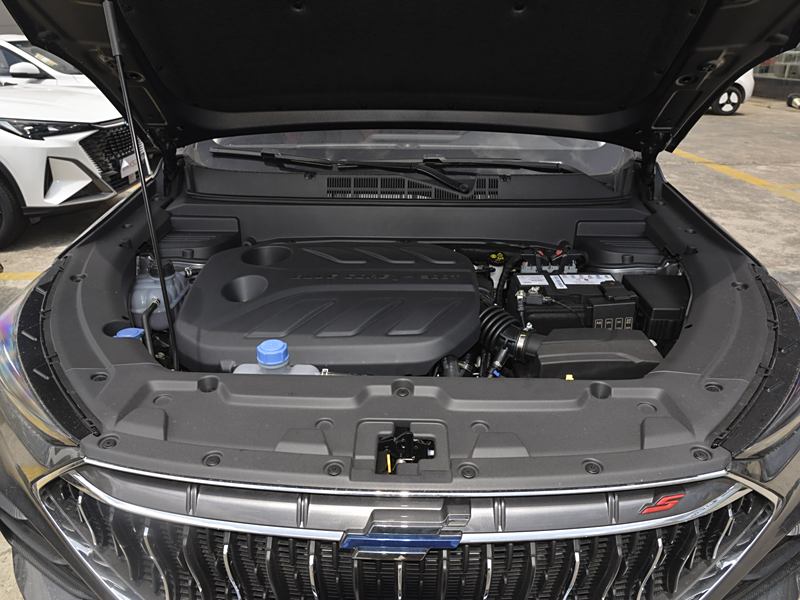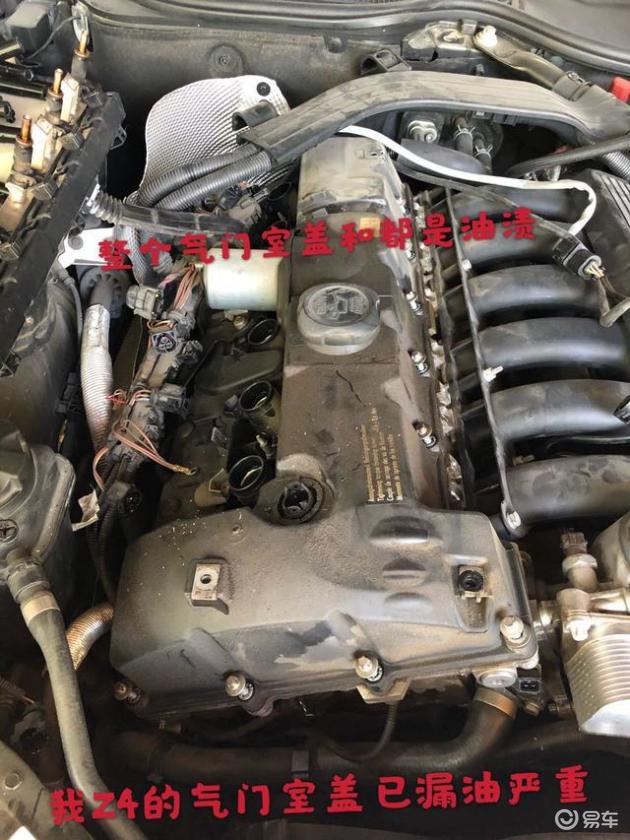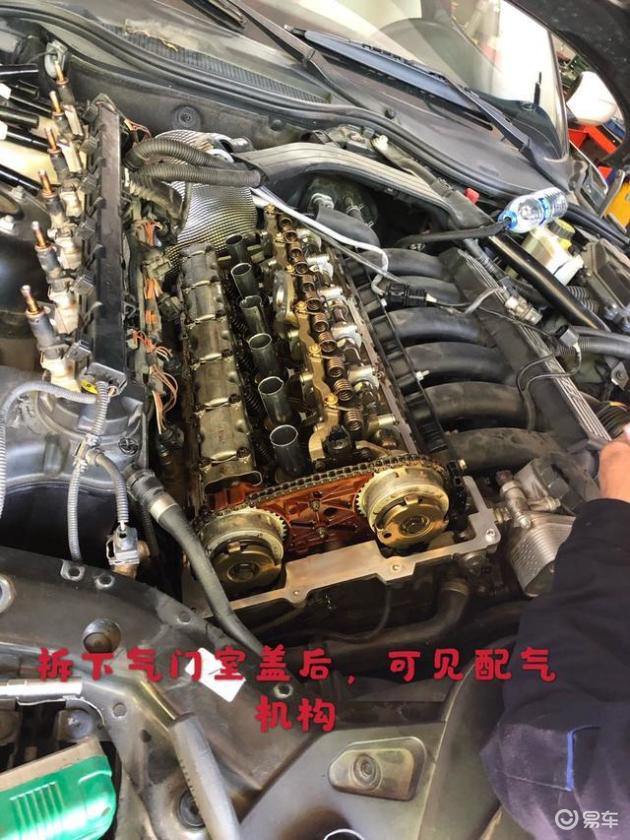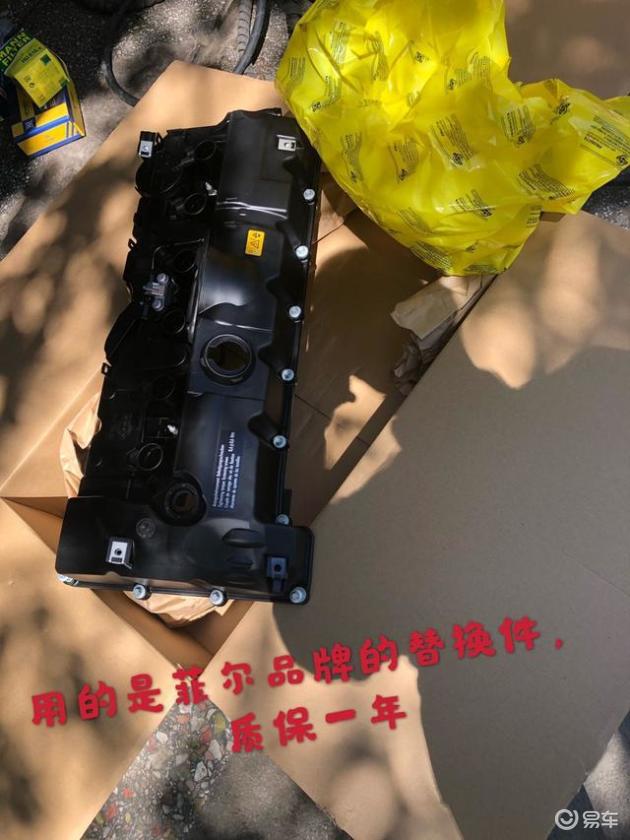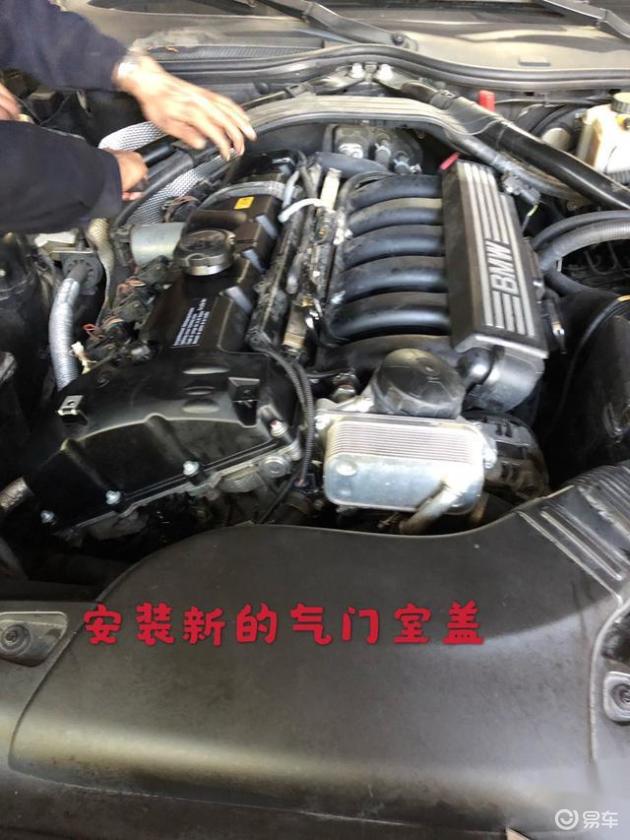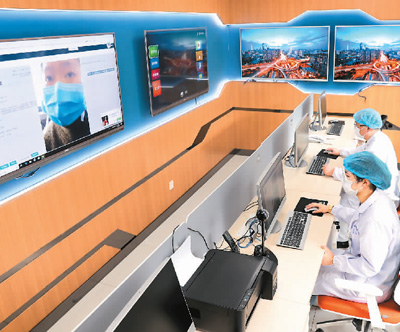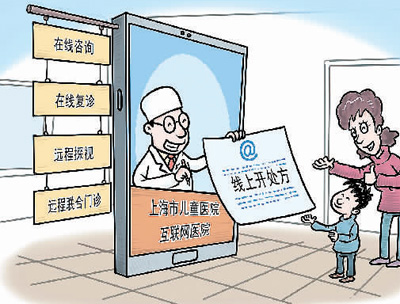Promoting the development of the Yangtze River Economic Belt is a major decision made by the CPC Central Committee and a major strategy related to the overall development of the country. In November 2020, General Secretary of the Supreme Leader stressed at the symposium on comprehensively promoting the development of the Yangtze River Economic Belt that we should unswervingly implement the new development concept, promote the high-quality development of the Yangtze River Economic Belt, and make the Yangtze River Economic Belt the main battlefield of China’s ecological priority green development, unblock the domestic and international double-circulation aorta, and lead the main force of high-quality economic development. The outline of the "14th Five-Year Plan" proposes to comprehensively promote the development of the Yangtze River Economic Belt, and jointly promote ecological environmental protection and economic development.
The Yangtze River Economic Belt covers 11 provinces and cities including Shanghai, Jiangsu, Zhejiang, Anhui, Jiangxi, Hubei, Hunan, Chongqing, Sichuan, Yunnan and Guizhou, covering an area of about 2,052,300 square kilometers, accounting for 21.4% of the country. At the end of 2020, the total population was 606 million, accounting for 42.9% of the country. The Yangtze River Economic Belt is a region with active economy and great development potential in China. In 2020, 11 provinces and cities in the Yangtze River Economic Belt will achieve a regional GDP of 47.2 trillion yuan, accounting for 46.4% of the national GDP, of which the added value of the secondary industry accounts for 47.6% of the national total; The total import and export volume was 15.0 trillion yuan, accounting for 46.5% of the country. The water resources of the Yangtze River account for about 36% of the national total, the areas of rivers, lakes, reservoirs and wetlands in the Yangtze River basin account for about 20% of the national total, rare and endangered plants account for 39.7% of the national total, and freshwater fish account for 33% of the national total. The Yangtze River Economic Belt occupies an important position in the construction of ecological civilization in China.
Since the "Thirteenth Five-Year Plan", the green development of the Yangtze River Economic Belt has been comprehensively promoted. In 2016, the Central Committee of the Communist Party of China and the State Council issued the Outline of the Development Plan of the Yangtze River Economic Belt, giving priority to the protection and restoration of the Yangtze River ecological environment, and defining the objectives and requirements for the construction of ecological civilization in the Yangtze River Economic Belt in 2020 and 2030.
The ecological construction has achieved remarkable results.
Guided by the Outline of the Development Plan of the Yangtze River Economic Belt, the Yangtze River Economic Belt promotes green development at multiple levels: centralized treatment and restoration are carried out around the water, gas and soil environment. From 2018 to 2021, the central government issued 131.2 billion yuan and 120.3 billion yuan for the transfer payment of key ecological functional areas, forestry and grassland respectively to support the construction of ecosystems; Focus on key areas, strengthen source control, implement the "4+1" project, issue the "Guiding Opinions on Accelerating the Control of Agricultural Non-point Source Pollution in the Yangtze River Economic Belt" and other policies, and promote the delineation of the "three zones and three lines" (red line of towns, agriculture, ecological space and ecological protection, red line of permanent basic farmland protection and urban development boundary) and "three lines and one list" (red line of ecological protection, bottom line of environmental quality and resources) Actively promote the green transformation, and issue policies such as "Guiding Opinions on Strengthening the Green Development of Industry in the Yangtze River Economic Belt" to promote the transformation and upgrading of key areas; Explore the cross-regional cooperation mechanism, issue the Guiding Opinions on Accelerating the Establishment of the Compensation Mechanism for Horizontal Ecological Protection in the Upstream and Downstream of the River Basin, establish the "1+3" inter-provincial consultation and cooperation mechanism in the Yangtze River Economic Belt, and promote the coordinated development of regional green.
The quality of ecological environment has obviously improved. In 2020, the water quality of the Yangtze River Basin will be excellent (Ⅰ— Class III) The section ratio is 96.7%, which is 14.9 percentage points higher than that in 2015 and 13.3 percentage points higher than the national average. For the first time, the main stream completely eliminated the water body inferior to Class V, and the whole line reached Class II water quality, and the water quality of the main stream and main tributaries was excellent. The compliance rate of river assessment sections in 11 provinces and cities (above Class III, provincial control detection) has been greatly improved. Comparatively speaking, the water quality in the upper and middle reaches is more prominent, and the compliance rate of the assessment section in Guizhou Province in 2020 is 99.3%; The downstream water quality has improved significantly. During the "Thirteenth Five-Year Plan" period, the compliance rates of assessment sections in Shanghai, Jiangsu and Zhejiang increased by 59.4, 39.9 and 21.7 percentage points respectively.
At the same time, the excellent rate of AQI in 11 provinces and cities reached 90.8% on average, which was 10.1 percentage points higher than that in 2015 and 3.8 percentage points higher than the national average. Among them, the average annual concentration of PM2.5 is 31 μ g/m3, which is 37.0% lower than that in 2015. At the same time, air quality has improved significantly, especially in Hubei, Shanghai, Zhejiang and Hunan provinces. During the "Thirteenth Five-Year Plan" period, the excellent rate of air quality index increased by 17.0, 16.5, 15.1 and 13.8 percentage points respectively.
During the "Thirteenth Five-Year Plan" period, 11 provinces and cities have afforested a total of 14.994 million hectares, supporting 41.1% of the country’s afforestation area with 21.4% of the country’s land area. The ninth national forest census shows that the forest area of the Yangtze River Economic Belt has increased by 5.815 million hectares compared with the eighth census. According to the provincial and municipal coverage rate, the forest coverage rate of the Yangtze River Economic Belt has reached 44.4%, which is 21.4 percentage points higher than the national average. In 2020, the area of soil erosion in the Yangtze River Economic Belt was 389,000 square kilometers, which was 51,000 square kilometers less than that in 2011, of which 12,000 square kilometers less than that in 2018; Soil erosion accounts for 18.9% of the total land area, which is 2.5 percentage points lower than that in 2011, among which it is 0.6 percentage points lower from 2018 to 2020.
The discharge of pollutants has been controlled to a certain extent. While actively promoting ecological restoration and eliminating the problem of "stock", speeding up the source management of pollutants and controlling "increase" are the core contents of the green development of the Yangtze River Economic Belt. In recent years, the Yangtze River Economic Belt has focused on industrial and agricultural non-point source pollution, urban wastewater, tailings ponds, ships and other key areas, made efforts to reduce pollutant emissions, and achieved initial results. According to the China Statistical Yearbook, in 2020, the emission of sulfur dioxide in the Yangtze River Economic Belt will be 1.165 million tons, which is 81.7% lower than that in 2015. The total emission of nitrogen oxides was 5.3617 million tons, a decrease of 9.4% compared with 2015; The total discharge of ammonia nitrogen in wastewater was 470,000 tons, which was 52.9% lower than that in 2015.
The utilization efficiency of resources and energy has been significantly improved. The utilization efficiency of natural resources is an important index to measure the relationship between natural environment and economy and society. Improving the utilization efficiency of natural resources can not only enhance the supporting ability of resources to economic and social development, but also help to reduce the consumption of natural resources. Water saving and energy saving in the Yangtze River Economic Belt have been steadily promoted. In 2020, the total water consumption in the Yangtze River Economic Belt will be 248.29 billion cubic meters, 13.98 billion cubic meters less than that in 2015 and 43.93 billion cubic meters less than the control target in 2020; From 2015 to 2020, the water consumption per unit GDP in the Yangtze River Economic Belt decreased by 31.4%, with the decline rate in Guizhou, Chongqing, Sichuan, Zhejiang, Anhui, Hunan and Jiangxi exceeding 30%. The vast majority of provinces and cities have achieved the goal of energy intensity control, among which the energy intensity of Guizhou, Shanghai, Jiangsu and Hunan has decreased by more than 20%.
The pace of industrial transformation and upgrading has accelerated. Optimizing industrial structure and promoting industrial upgrading are not only the inherent requirements of economic development, but also the important contents of green development. During the "Thirteenth Five-Year Plan" period, the Yangtze River Economic Belt vigorously promoted the structural adjustment of the supply side, accelerated the cultivation of strategic emerging industries and high-tech industries, and further optimized the industrial structure. Among them, the added value of strategic emerging industries in Shanghai and Guizhou increased by 3.9 and 3.0 percentage points respectively, the proportion of strategic emerging industries in Anhui and Jiangsu increased by 17.9 and 8.4 percentage points respectively, the proportion of strategic emerging industries in Zhejiang increased by 7.6 percentage points, the output value of strategic emerging industries in Hubei increased by 11% annually, the added value of strategic emerging industries in Hunan increased by 9.9% annually, and the contribution rate of strategic emerging industries in Chongqing reached 55%. The proportion of high-tech industries in the added value of industrial enterprises above designated size in Jiangxi increased by 12.5 percentage points, the total industrial output value of high-tech industries in Yunnan increased by 55.7%, and the proportion of high-tech industries in Sichuan increased by 4.8 percentage points.
Urban green transformation has achieved remarkable results. Cities actively promote green transformation, which provides strong support for the green development of the Yangtze River Economic Belt. Take Changsha as an example. In 2017, its total economic output exceeded one trillion yuan. While the economy maintained rapid growth, green and low-carbon development achieved remarkable results. During the "Thirteenth Five-Year Plan" period, Changsha supported an average annual economic growth of 7.8% with an average annual energy consumption growth of 3%, and the effect of energy saving and consumption reduction was obvious. In the field of ecological environment, the excellent rate of water quality in the national control and provincial control assessment sections of the city has increased to 100%, the forest coverage rate has reached 55%, more than 90% of polluted plots have been safely utilized, and the excellent rate of air quality has reached 84.4%.
Transformation is long-term and complex.
The Yangtze River Economic Belt has comprehensively promoted green and low-carbon development and made historic achievements. However, the green and low-carbon transformation is a systematic economic and social change, which has a certain long-term and complexity. The green development of the Yangtze River Economic Belt still faces many challenges, especially some deep-seated problems that need to be broken.
The pressure of ecosystem restoration is high. The Yangtze River is the largest river in China, and its geological conditions are characterized by diversity and complexity. In 2020, 4,901 geological disasters occurred in the Yangtze River Economic Belt, accounting for 62.5% of the national total. The problems of "stock" and "increment" are intertwined, so it is difficult for the ecosystem to enter a state of self-repair in the short term. The foundation of water environment is not stable, and the water quality of some sections is not stable; The historical legacy of soil pollution is outstanding. The land polluted by industrial and mining and cultivated land are widely distributed and have a large stock, and the polluted land in Zhejiang Province alone accounts for one tenth of the national total. The overall air quality has improved, but the pressure in some areas is still relatively high. There is still a big gap between the exhaust emission and the natural balance point in the Yangtze River Economic Belt, and climate is still the main factor. It is difficult to solve the problem of biodiversity, and the protection needs to be improved.
Structural problems are more prominent. The Yangtze River Economic Belt occupies an important position in China’s raw material industry. In 2020, the output of sulfuric acid, soda ash, ethylene, cement, flat glass and crude steel in the Yangtze River Economic Belt will account for 62.4%, 39.3%, 32.5%, 49.7%, 38.3% and 32.0% of the national total respectively. Despite the rapid development of emerging industries in recent years, the situation of "emphasizing" the industrial structure has not changed fundamentally. The characteristics of "heavy chemical industry" in industrial structure and "heavy coal" in energy structure increase the consumption of resources on the one hand, and increase the difficulty of pollutant prevention on the other. In 2020, the output of general industrial solid waste in the Yangtze River Economic Belt will be 1.02 billion tons, an increase of 10.6% over 2015, while the comprehensive utilization rate will drop by 2.9 percentage points. The task of structural optimization is arduous, and the coordination between economic development and ecological environment protection is facing challenges.
Green transformation of production and lifestyle is difficult. With the promotion of relevant policies, the proportion of enterprises entering the industrial park has obviously increased, and the degree of industrial spatial agglomeration has improved, but the circular economy system of the park is still not perfect, and the ecological effect of agglomeration has not been fully exerted; The motivation of green transformation of enterprises is relatively insufficient, and the investment in green technology innovation and application is relatively small. A considerable number of enterprises are still "passive" in ecological and environmental protection, and excessive discharge and illegal discharge occur from time to time; Agricultural non-point source pollution is large, multi-point and wide, and the level of agricultural waste treatment needs to be improved; Urban and rural ecological and environmental protection facilities are not perfect, the capacity of sewage and garbage collection and treatment needs to be improved, and the convenience of service is still a shortcoming.
Institutional mechanisms need to be strengthened. On March 1, 2021, the Yangtze River Protection Law was officially implemented, and the process of eco-environmental protection in the Yangtze River Economic Belt was an important step. However, the special laws and regulations on ecological environment and local laws and regulations are still not perfect, and the cross-regional linkage mechanism has not been fully formed, which has had a certain impact on the construction of related systems; The long-term mechanism of green development has not yet been formed. At present, there are many administrative constraints, the role of market mechanism has not been fully exerted, the internal motivation of enterprise eco-environmental protection is insufficient, and the social participation in eco-environmental infrastructure construction is not high. The level of ecological environment governance needs to be improved, and digital technology has not been widely used in ecological environment governance; The ecological compensation mechanism is in the exploratory stage, the inter-regional coordination mechanism has not made substantial progress, and it is still difficult to achieve efficient allocation of resource elements due to administrative barriers. Although all provinces and cities have begun to try to establish regional cooperation mechanisms, the cross-regional coordination progress in ecological protection, environmental governance, industrial chain layout, industrial transformation, energy consumption and infrastructure construction is relatively slow.
Promoting Green Development and Re-composing a New Chapter
The new development stage puts forward higher requirements for the construction of ecological civilization. Recently, the Office of the Leading Group for Promoting the Development of the Yangtze River Economic Belt issued the "Implementation Plan for the Development of the Yangtze River Economic Belt in the Tenth Five-Year Plan", and the "1+N" planning and policy system for the development of the Yangtze River Economic Belt was gradually formed, and the green development of the Yangtze River Economic Belt in the Tenth Five-Year Plan was fully deployed. The Yangtze River Economic Belt should make great efforts to promote green development, systematically plan and make precise efforts to promote the change of green development from quantitative to qualitative, and write a new chapter of ecological priority green development.
Strengthen the overall function of the ecosystem. The Yangtze River Basin is a complete ecosystem, and "mountains, rivers, fields, lakes, grass and sand" are interdependent. The improvement of the ecosystem and the promotion of the overall function are not only the goal of green development, but also the foundation of ecological construction. The subsystems in the ecosystem are closely related and interact with each other. Ecological restoration and protection should pay attention to the overall promotion, strengthen the governance of weak links on the basis of previous achievements, especially the environmental governance of tributaries and small and micro water bodies, and strengthen the restoration of polluted land; Strengthen the protection of biodiversity and make up for the blank areas in biodiversity protection; Carefully investigate environmental risk factors and strengthen the governance of environmentally sensitive areas and fields. While strengthening the management of weak links, we should pay attention to the correlation of ecosystems, strengthen the coordination of the management of trunk and tributaries, co-ordinate the land and water for environmental protection, and co-manage the water, gas and soil environment. In the construction of ecological environmental protection projects, we should fully consider the comprehensive impact, support projects with comprehensive effects, and strengthen the construction of forest land and vegetation.
Pay attention to the combination of differentiated development and regional coordination. The Yangtze River Economic Belt spans the east, middle and west, and there are great differences in resource endowments and economic development stages among regions, and the problems and development priorities of ecological environment protection are also different. Therefore, on the one hand, we should pay full attention to regional differences, and encourage and support regions to explore green development paths and models in line with their own characteristics on the basis of implementing the overall objectives and requirements. On the other hand, differentiation is the basis and condition of regional cooperation, and regional cooperation in the Yangtze River Economic Belt is an inevitable requirement of green development, and the solution of deep-seated problems urgently needs a breakthrough in regional cooperation. It is necessary to promote the development of regional coordination to the substantive stage, strengthen cooperation in industrial layout, energy structure optimization, infrastructure construction, joint prevention and control of pollutants, strengthen mechanism construction and enhance the traction role of projects, and promote regional cooperation with major projects.
Insist on innovation and drive green development. Innovation is the internal driving force of green development, and both long-term structural adjustment and green transformation of production links need innovation to support it. In view of the characteristics of "heavy chemical industry" in the Yangtze River Economic Belt, we should support the system innovation and model innovation of the park, actively build a circular economy system, focus on building a green development demonstration park, and explore a new path of coordinated development of ecological environmental protection and economic construction. Establish and improve the green technology innovation system, strengthen the dominant position of enterprise innovation, strengthen the research and development of key technologies and core technologies in the field of ecological environmental protection, and increase the promotion of advanced green technologies. Promote the digital level of ecological environment management, improve the application of digital technology in environmental monitoring, pollutant prevention and control, ecological environment optimization and cross-regional joint prevention and control, and improve the level of ecological environment management.
Strengthen the combination with carbon emission reduction mechanism. The value of ecological products is the basis of the construction of green development market mechanism. For a long time, value accounting and value realization have restricted the development of the value of ecological products. With the proposal of peak carbon dioxide emissions and carbon neutrality, the carbon trading market has developed rapidly, and the carbon pricing and trading mechanism has gradually formed. Strengthening the combination with carbon trading and enhancing the relationship between production products and carbon will help solve the dilemma of "difficult measurement" and "difficult trading" of ecological products. At the same time, we should make full use of carbon trading and carbon sink mechanisms, innovate ecological compensation models, and promote regional ecological cooperation. (This article Source: Economic Daily Author: Research Group of Institute of Mathematics, Technology and Economics, China Academy of Social Sciences Author: Wu Bin)
